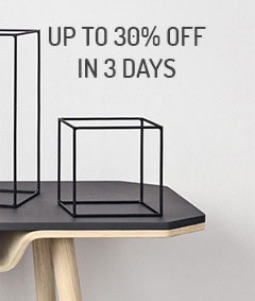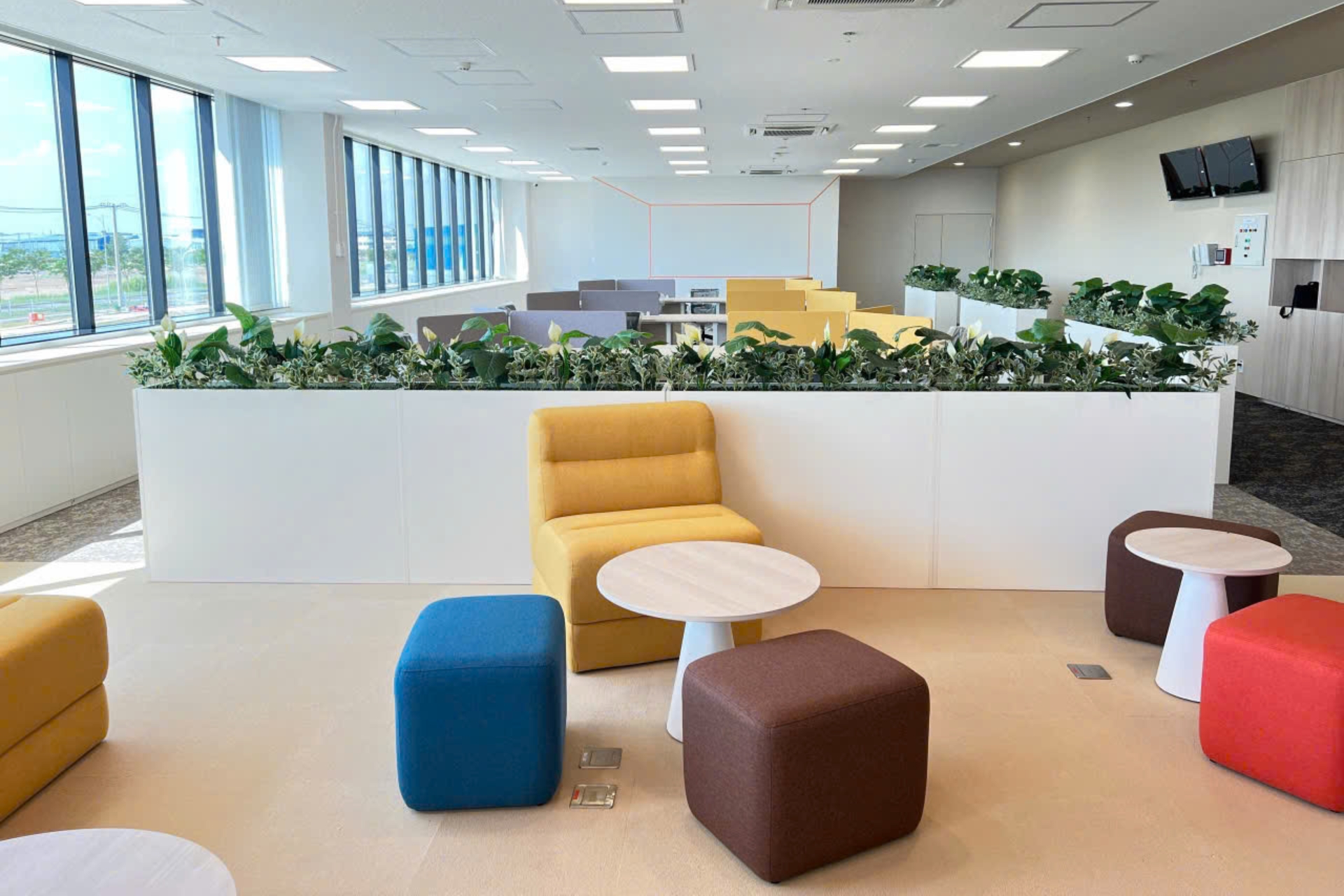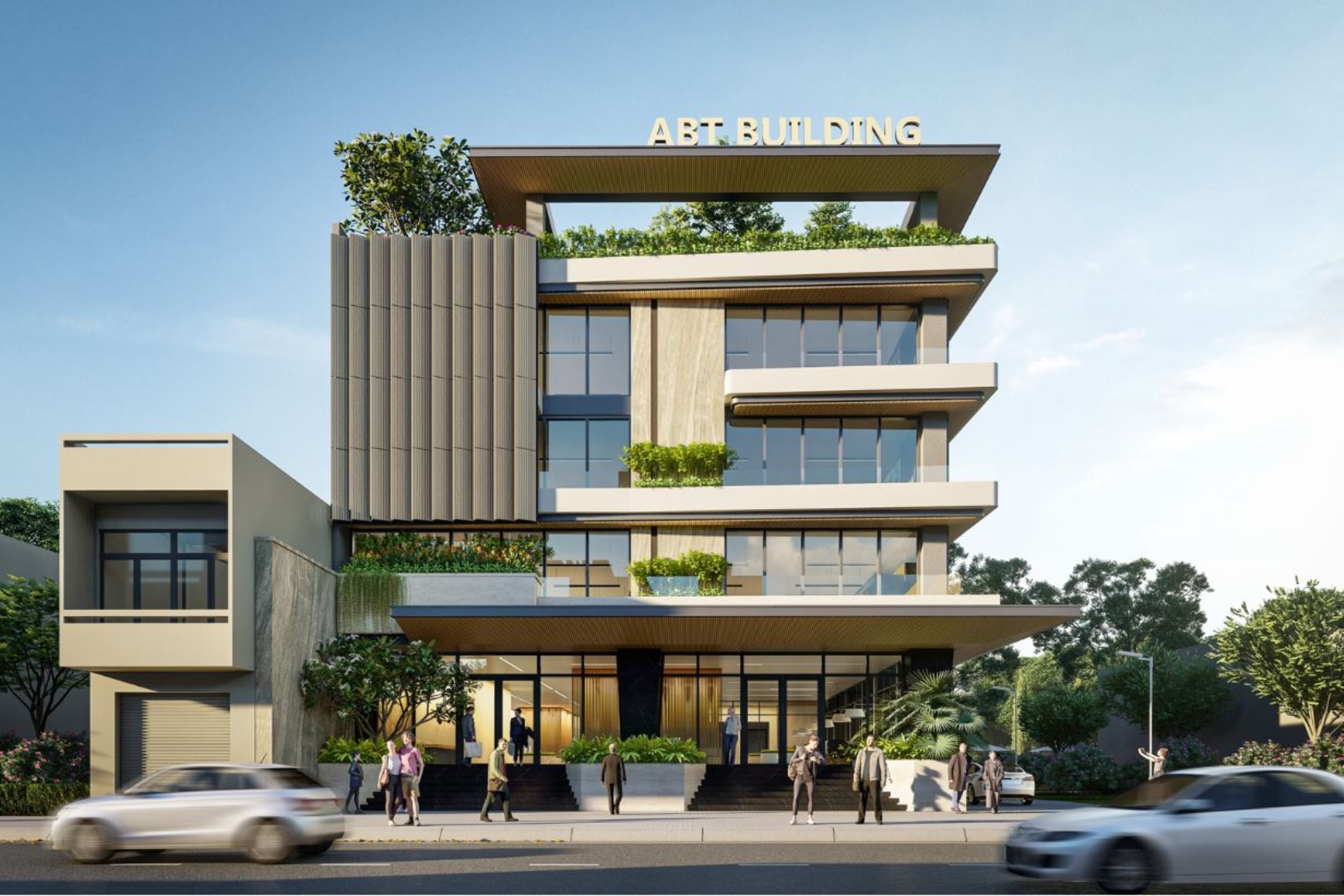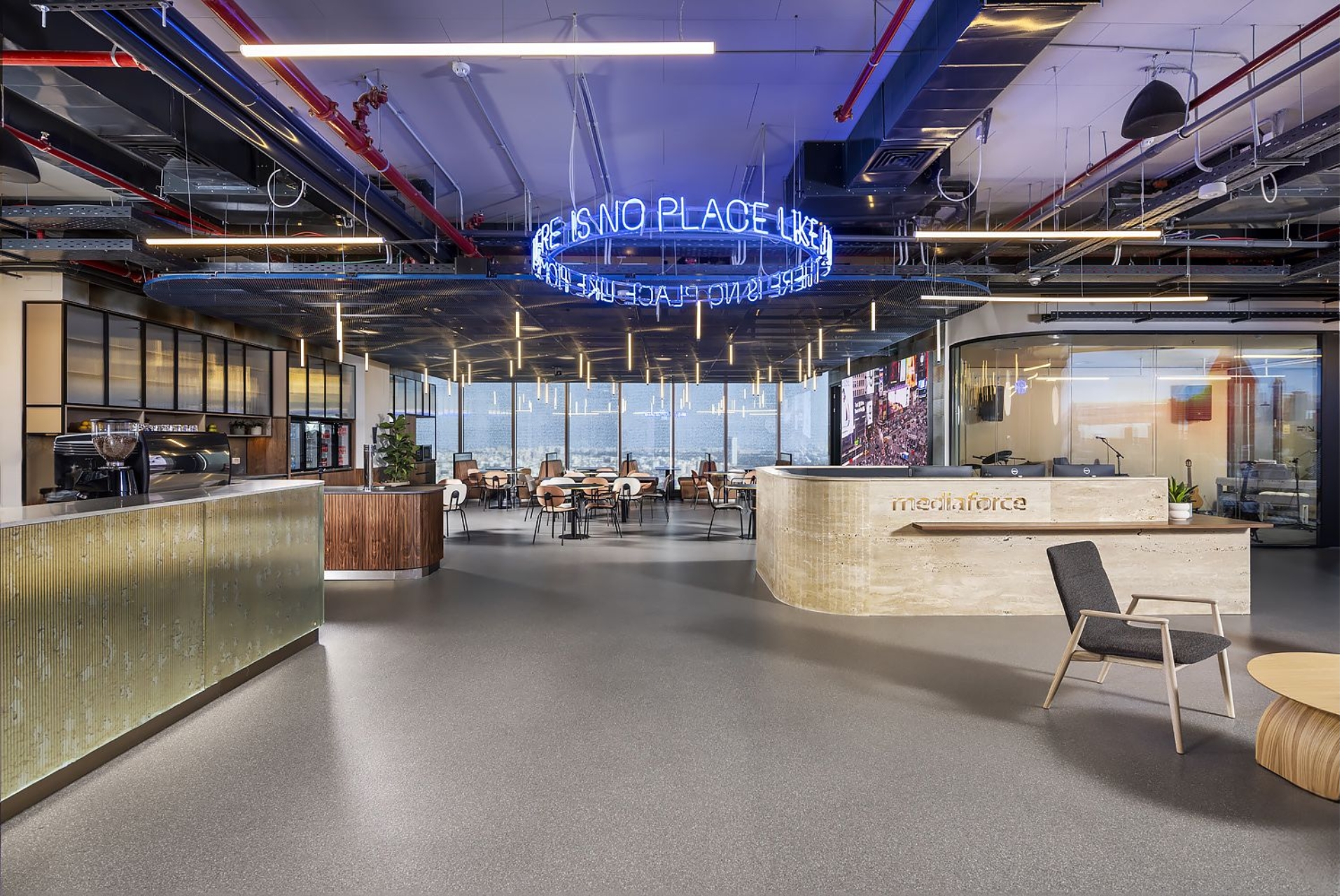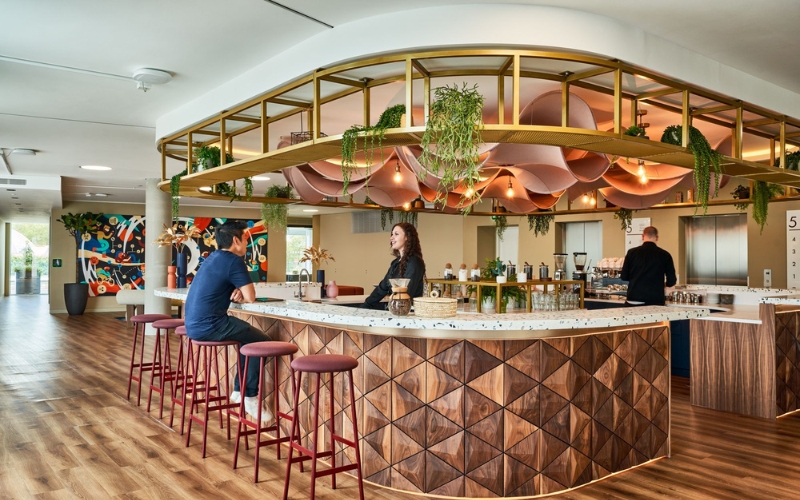
Explore Modern Office Design Trends
Exploring Modern Office Design Trends
In the ever-evolving workplace landscape, office design is no longer just about aesthetics—it must also cater to flexibility, convenience, and an optimized employee experience. From biophilic and sustainable office models to open, hybrid, and brand identity-focused office spaces, each design trend reflects the shifting ways businesses operate and cultivate their corporate culture. Join TECO as we explore the latest office design trends shaping the future, enhancing productivity, and creating the ideal work environment.
Biophilic Office Design
Green office spaces have become a dominant trend in recent years, with biophilic design at the forefront. This approach focuses on creating environmentally friendly workplaces that optimize resources while promoting employee well-being. By integrating natural elements, biophilic office spaces provide a stress-reducing, comfortable work environment that enhances both productivity and job satisfaction.
Beyond the aesthetic appeal of incorporating greenery, such as indoor plants and living walls, biophilic design contributes to better air quality, fostering a healthier workspace for employees.

Biophilic Office focuses on creating environmentally friendly spaces.
Sustainable Office Design
Sustainable office design aims to create environmentally responsible workspaces that optimize resources while improving employee well-being and productivity. In addition to integrating greenery, a sustainable office incorporates the following elements:
- Maximization of natural light and ventilation
- Use of eco-friendly materials
- Energy-efficient technologies, such as LED lighting, smart HVAC systems, and renewable energy sources
- Effective water management systems
More than just a trend, sustainable office design is a long-term strategy that offers significant benefits for businesses. It reduces operational costs, supports sustainable development, and fosters a healthier, more productive work environment.
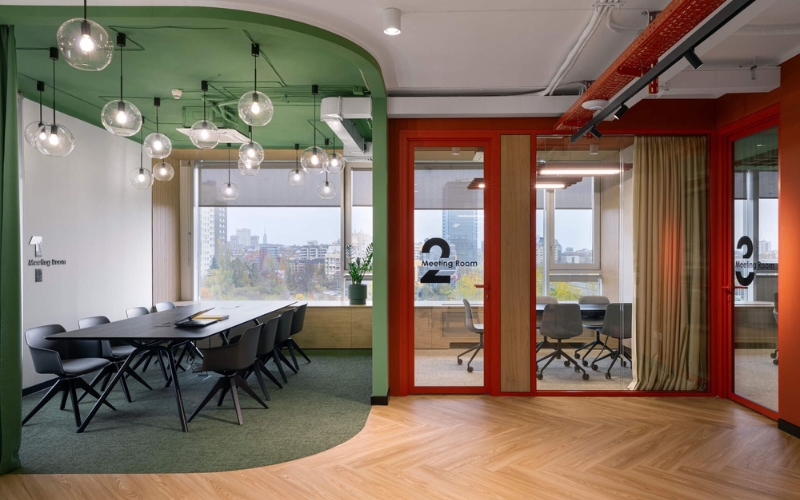
Thiết kế văn phòng bền vững sử dụng vật liệu thân thiện với môi trường.
Brand Identity-Centric Office Design
An office is more than just a place to work—it serves as a tangible representation of a company’s identity, values, and culture. A well-designed office, aligned with brand elements such as colors, logos, interior styling, and spatial organization, ensures a consistent brand image.
For instance, Apple adopts a minimalist, modern, and sophisticated office aesthetic, reflecting the brand’s commitment to innovation and precision.
Beyond visual branding, a well-crafted office space strengthens employee engagement and pride. When an office embodies a company’s identity, it fosters a sense of belonging, increases motivation, and helps employees integrate seamlessly into the corporate culture.
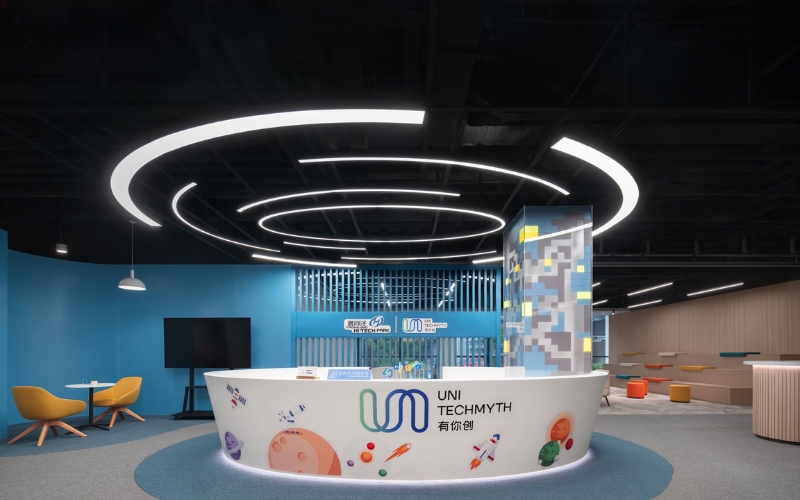
Brand identity in interior design.
Open Office Design
Open office design has become a widely favored trend, emphasizing minimal partitioning to create a flexible, collaborative environment that maximizes space efficiency.
This layout is particularly suitable for companies that prioritize creativity, teamwork, and dynamic collaboration. Key features of open office design include:
- Spacious layouts with minimal fixed partitions
- Maximum use of natural light
- Flexible, multifunctional furniture that adapts to both group and individual work
- Diverse workspaces, including personal workstations, quick-meeting areas, private rooms, and relaxation zones
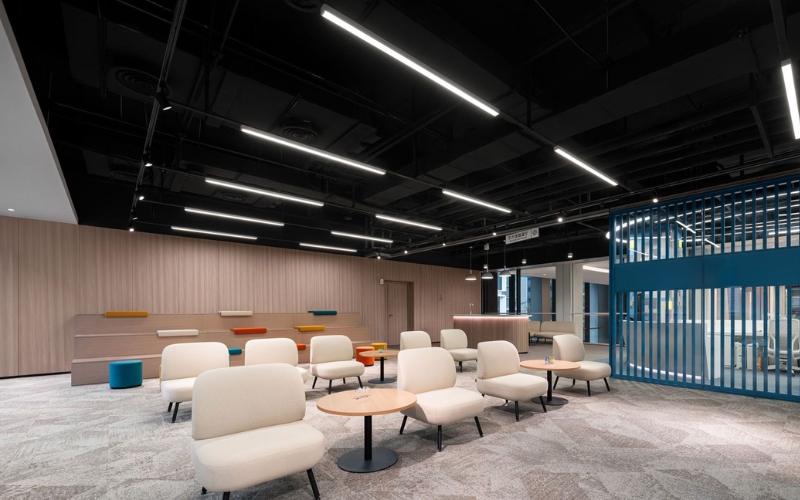
Open office is particularly suitable for companies that prioritize creativity, teamwork, and dynamic collaboration.
Hybrid Office Design
The hybrid office model blends in-office and remote work, ensuring flexibility in task management, cost optimization, and an enhanced employee experience.
Unlike traditional office setups, hybrid offices do not require employees to be physically present 100% of the time. Employees can work remotely or visit the office as needed. Key design elements of hybrid offices include:
- Flexible workspaces with easily movable furniture
- Adaptive desk arrangements for both individual and collaborative work
- Mobile workstations with adjustable height and layout
- Smart technology integration, such as hot desking and automated meeting room booking systems
The hybrid office model offers multiple benefits: it enhances productivity, supports a healthy work-life balance, and reduces operational costs related to office space, utilities, and furnishings. However, it also presents challenges such as maintaining team cohesion, managing workflows, and requiring significant investment in technology. Companies must carefully assess the advantages and challenges before implementing a hybrid office strategy.
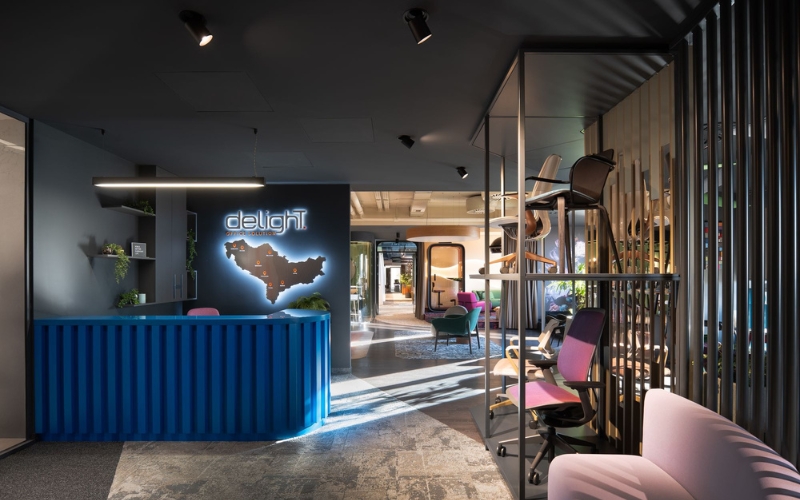
The Hybrid model is a workspace model that combines working directly at the office and working remotely.
Office design trends are continuously evolving to meet modern workplace demands, optimize space utilization, and create sustainable, high-performance environments. Implementing the right design approach helps businesses establish a professional image, enhance the employee experience, and attract top talent while fostering long-term growth.
TECO hopes this article has provided valuable insights into contemporary office design trends, helping you stay ahead in the evolving corporate landscape.
